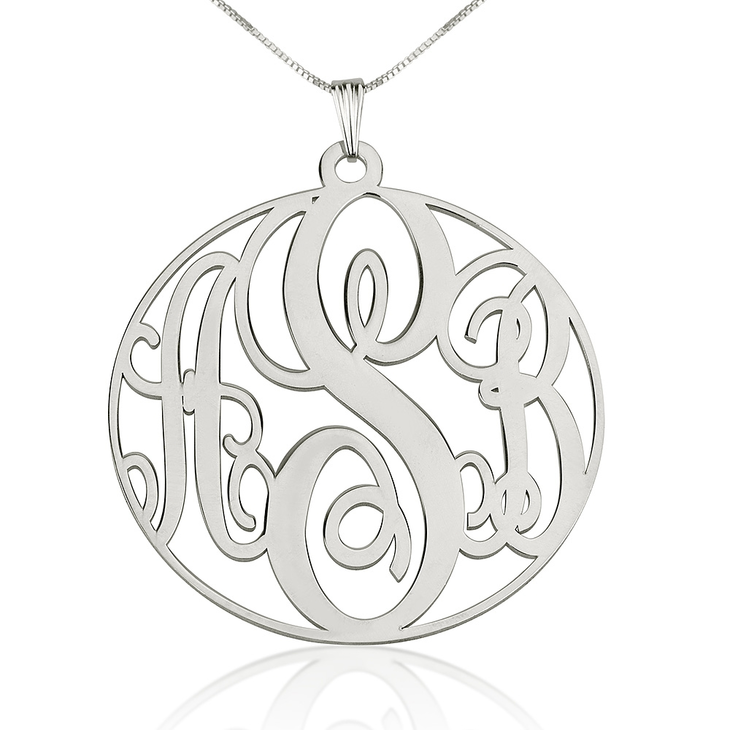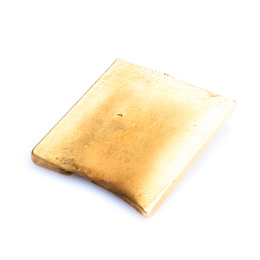The Ultimate Guide to Measuring Bracelet and Bangle Sizes for a Perfect Fit
Bracelets are timeless accessories that add flair to any outfit. Did you know their origin dates back to 40,000 BP? The term "bracelet" comes from the Greek word "brachile", meaning "of the arm." Ancient bracelets were crafted from materials like bones, stones, animal teeth, and wood. While bracelets have evolved in design, they continue to hold cultural and symbolic significance. In some cultures, they represent spiritual beliefs, while in others, they signify class and social standing.
One of history's most famous bracelets is the Scarab Bracelet, a symbol of rebirth and restoration in ancient Egypt. These bracelets were intricately designed and carried deep meaning for the Egyptians.
To get the perfect bracelet, achieving the right fit is crucial. Your bracelet should be loose enough to move and dangle but snug enough not to fall off. Shopping for bracelets online becomes much easier when you know your wrist size. That’s why we’ve created this simple guide to help you measure your wrist and ensure a flawless fit for your bracelets and bangles.

How to Measure for Regular Chain Bracelets or Bracelets with Locks
To get the right fit for regular chain bracelets, you’ll need one of the following tools:
- A flexible measuring tape
- A strip of paper
- A piece of string
Follow these steps to measure your wrist:
- Wrap the measuring tape, string, or paper around your wrist, just above the wrist bone. This is the area where most bracelets sit comfortably.
- For charm bracelets or styles that drape over the hand, measure at the point where your wrist meets your hand and add about half an inch for extra allowance.
- If using a strip of paper or string, mark the point where it overlaps. Lay it flat and measure the length with a ruler.
- For all bracelet styles, add ¼ to 1 inch to your wrist measurement based on your preference for a snug or loose fit. A general rule of thumb is to add ½ inch for comfort.
If this is your first time buying bracelets online, experiment with different allowances by wrapping the measured string or paper around your wrist to find the most comfortable fit.
How to Measure for Bangles
Bangles are rigid and don’t have locks or openings, so they need to slide over your hand. Having a bangle that’s too large can feel uncomfortable, while one that’s too small can be difficult to wear. Bangles come in two types: adjustable and fixed-size.
For Adjustable Bangles
Adjustable bangles are easier to size. Simply follow the regular bracelet measurement steps above, as these bangles are designed to fit most wrist sizes comfortably.
For Fixed-Size Bangles
Fixed-size bangles are measured by their diameter. Here’s how to determine your size:
- Bring your fingers together as if slipping on a bangle. You can bring your thumb and pinky finger together to make your hand as narrow as possible.
- Wrap a measuring tape or strip of paper around the widest part of your hand, usually the knuckles and thumb area.
- If using a strip of paper, mark the overlap, then lay it flat and measure the length. This measurement is your hand’s circumference.
- To find the diameter, tape the ends of the strip of paper to form a circle, then measure across its widest point. This diameter determines your bangle size.
For those with thin wrists, you can also measure the width of your closed fist from one knuckle to the opposite knuckle and choose a bangle size close to this measurement.
Bangle Size Reference Chart
Here’s a quick conversion chart for circumference to diameter:
| Bangle Diameter (inches) | Bangle Diameter (mm) | Bangle Circumference (inches) | Bangle Circumference (mm) |
|---|---|---|---|
| 2.125 | 54 | 6.67 | 169.4 |
| 2.25 | 57.2 | 7.06 | 179.6 |
| 2.375 | 60.3 | 7.46 | 189.5 |
| 2.5 | 63.5 | 7.85 | 199.4 |
| 2.625 | 66.7 | 8.24 | 209.3 |
| 2.75 | 69.9 | 8.64 | 219.5 |
| 2.875 | 73 | 9.03 | 229.4 |
| 3 | 76.2 | 9.42 | 239.3 |
To ensure a better fit, try slipping the paper "bangle" on and off a few times to confirm it’s comfortable.





















